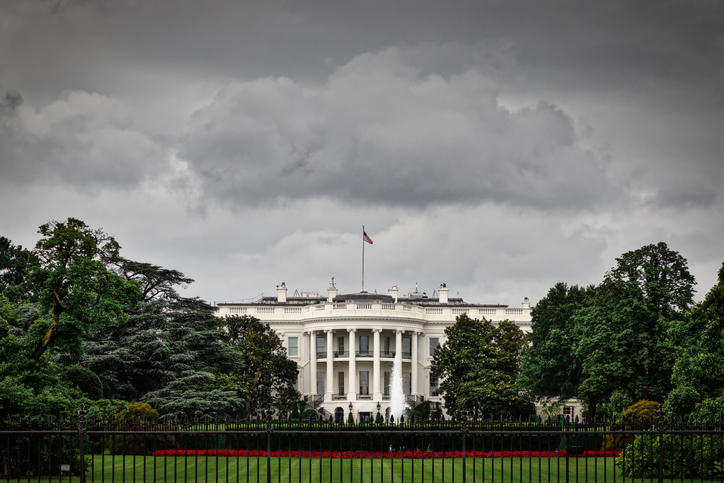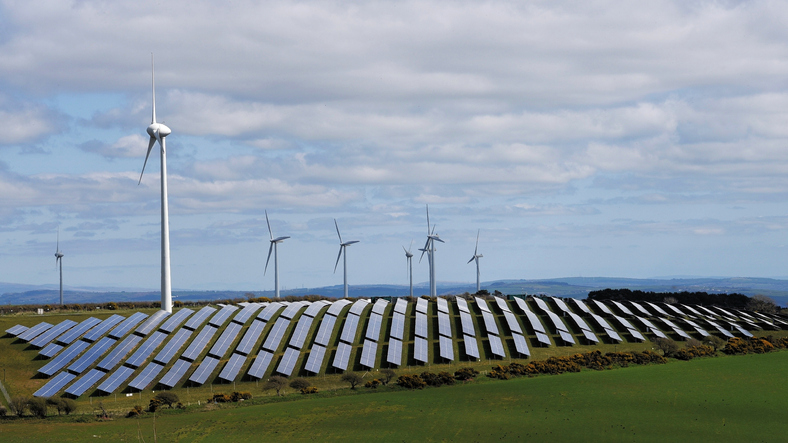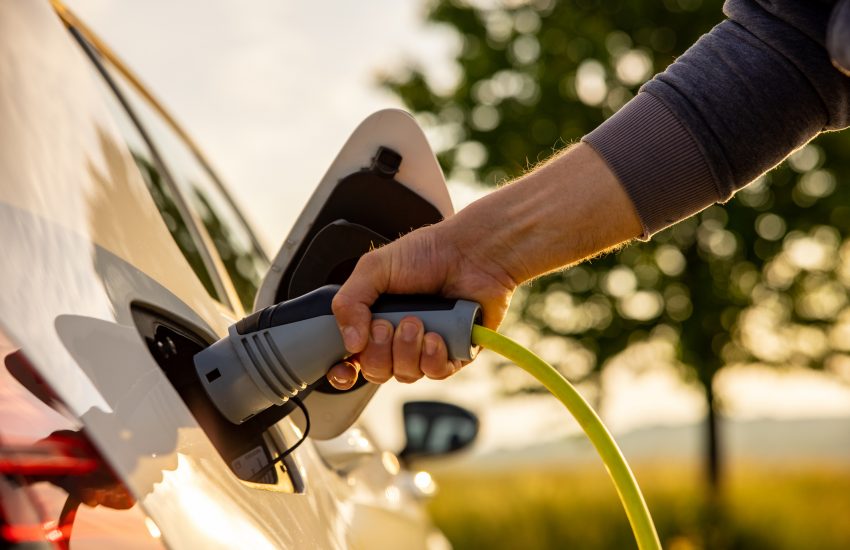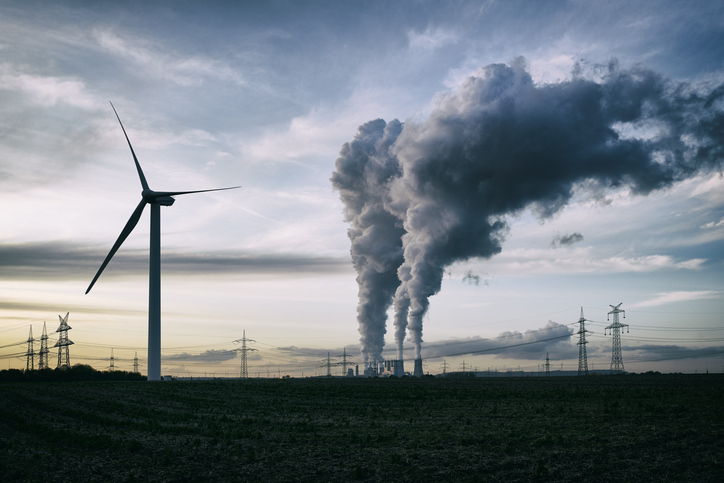On the final day of April 2024, a week and a half after Earth Day, the Biden-Harris Administration announced that the White House Council on Environmental Quality (CEQ) finalized a rule intended to simplify and modernize the federal environmental review process under the National Environmental Policy Act (NEPA). A pillar of environmental law passed in 1970, NEPA requires federal agencies to assess the environmental, social, and economic impacts of a wide array of agency activities, such as land management, infrastructure construction, and permitting decisions. This …
Continue Reading









